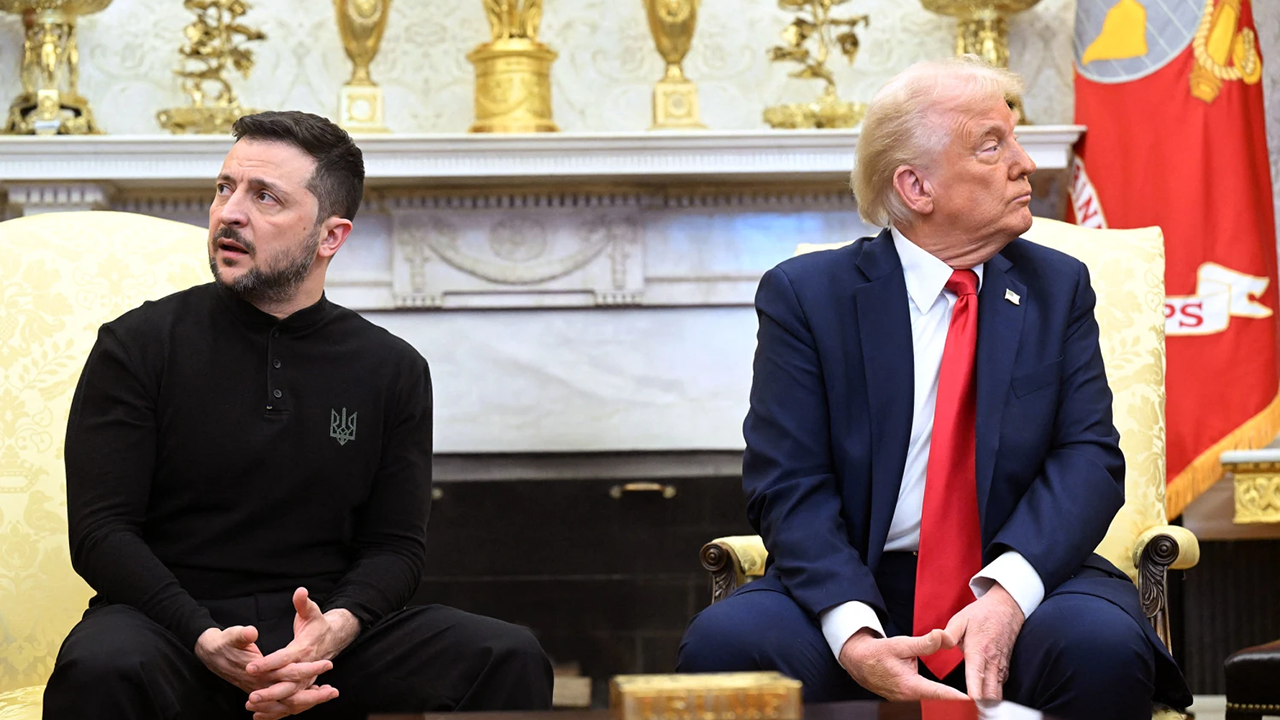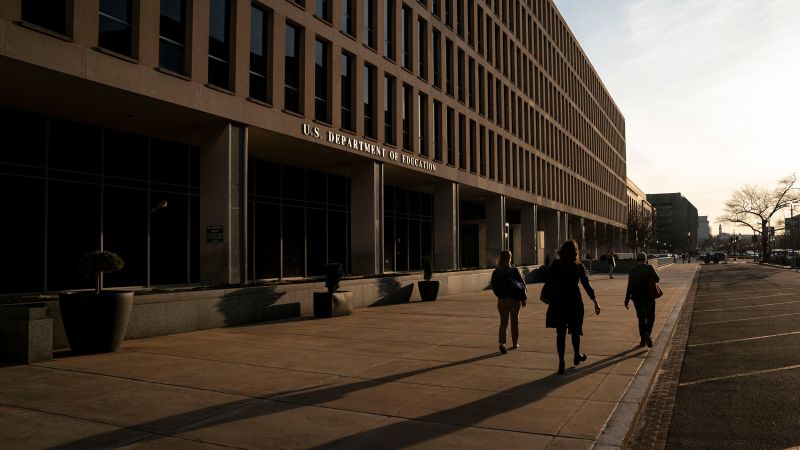From a certain perspective, this might have seemed like a rocky week for electric car maker BYD and its metallurgist-turned-billionaire founder Wang Chuanfu.
China’s rival to Tesla, which recently raised nearly $6bn to fund ambitious global expansion plans, is facing crises on three continents. Its plans for a multimillion-dollar factory in Mexico are drawing opposition from both the Mexican government and senior officials in Beijing worried about tech leakage.
Meanwhile BYD’s Hungary plant, key to unlocking the lucrative European market, is being investigated by Brussels. And in Brazil, local labour officials have accused the company of “slavery”-like conditions for workers building a factory in the north-eastern Bahia state.
Yet all of these problems paled beside BYD’s launch on Monday of a new battery charging system able to add driving range of about 470km in five minutes — a fraction of the time it takes a Tesla to add range.
For the 58-year-old Wang, this achievement takes him one step closer to his long-held vision of homegrown Chinese technology conquering the global market.
Investors, too, appear so far happy to regard overseas problems as growing pains that will not derail BYD. It has targeted sales of more than 5mn cars this year, including 1mn overseas, while also developing its energy storage business. The group’s Hong Kong-traded shares have retreated from a record high but are up more than 50 per cent this year.
Wang is “much more of a disrupter than many had expected”, says Ilaria Mazzocco, an expert on Chinese cleantech industrial policy at the Washington-based Center for Strategic and International Studies. “He’s an empire builder: people should think about him in the same category as Bezos or Musk,” she adds.
Born in 1966 in the eastern province of Anhui, Wang is part of a generation of Chinese entrepreneurs who escaped poverty to join the nation’s newly minted billionaire class, benefiting from Deng Xiaoping’s opening of China to the world and the ascent of the city of Shenzhen into a high-tech manufacturing powerhouse.
After his siblings toiled for years to fund their younger brother’s education, Wang moved to Shenzhen and co-founded BYD as a battery company in the mid-1990s, leveraging his academic background in chemistry and metallurgy to produce lithium batteries and other components for then mobile phone kings Nokia and Motorola.
Wang’s obsession with batteries led to a pivot to vehicles in the early 2000s. Cracking the five-minute charge this week builds on his pioneering “cell-to-body” technology — sandwiching a battery cell inside a vehicle’s structure.
Neil Beveridge, a senior analyst at Bernstein in Hong Kong, says the new charging system is the fastest on the market and, if it is widely adopted, “should put an end” to the range anxiety cited by consumers as a key reason not to embrace electric cars.
The latest battery advancement follows the release of a new driver-assistance system known as “God’s Eye” and lower sales at rival Tesla following Elon Musk’s foray into US politics. Together this could help BYD take a larger share of what EY estimates will be $660bn in annual revenue opportunities from the shift to EVs by 2030.
The company’s stock rally has also taken Wang’s personal net worth, according to Bloomberg data, to just shy of $30bn, making him one of China’s richest men. Despite that he remains a workaholic who lives humbly. His house is walking distance from BYD’s main factories and he dispatches lieutenants to public-facing events unless his attendance is absolutely necessary.
Underlings have long described Wang as a restrained, highly detail-orientated micromanager. His approval was once sought for a business unit to distribute fruit to team members.
But his passion for batteries has revealed a performative flare. To demonstrate to an investor just how safe his battery cells are, he has drunk battery electrolyte fluid. He has reused cells after trucks drove over them and frequently shows visitors batteries being penetrated by nails.
The release of the God’s Eye system in February reflects an important shift in his leadership. For years Wang, referred to internally only as “the chairman”, resisted following in the footsteps of rivals who were pouring money into driverless software development.
Now that assisted driving features are becoming a key selling point with Chinese consumers, younger BYD engineers are slowly gaining more of a voice within the company — driving a change in strategy.
Still, questions remain about whether BYD’s business model, so successful in China, can be exported abroad. BYD’s vertical integration — controlling supply chains from the lithium mines to factories — has been pivotal in producing low-cost cars. So has access to China’s migrant labour force and Beijing’s support for cleantech champions.
But in international markets, Wang must contend with a lack of subsidies, new supply chains, higher labour and environmental standards and deepening western fears over Chinese technological dominance.
Still, Mark Greeven, professor of innovation and strategy at IMD China, says that the company’s speed, scale and supply chain control is likely to rock the global trade system. “I wonder is it that BYD is not ready for the world?” he said. “Or is the world not ready for BYD?”
edward.white@ft.com


























